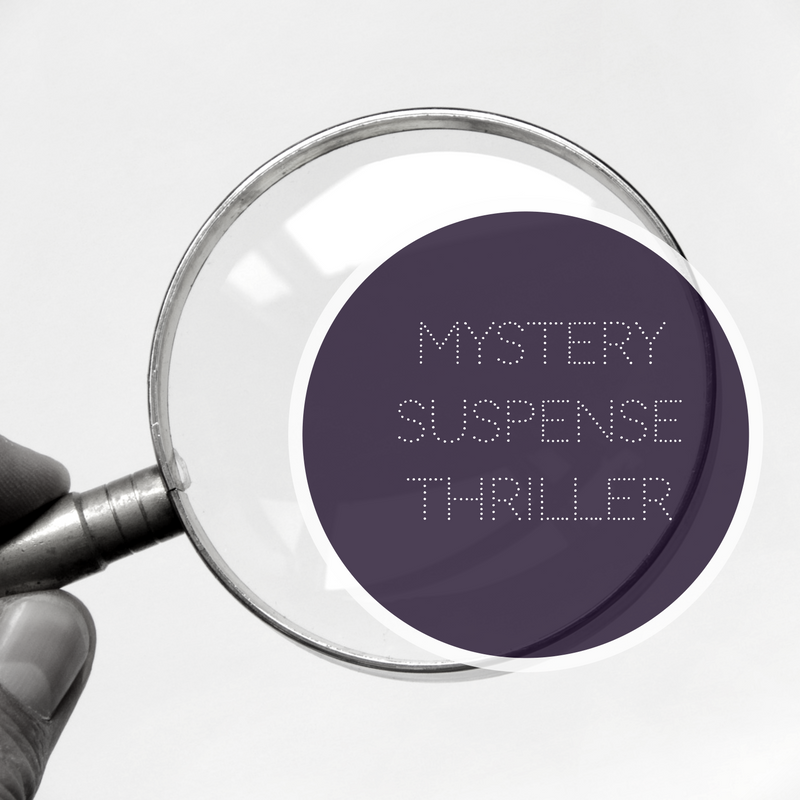What would a mystery be without red herrings? Boring and short, most likely.
Red herrings are a writer’s primary tool for misdirection. Done well, they subtly guide the reader into false conclusions while allowing the writer to play fair and put every vital clue right there on the page in black and white.
By using red herrings the same way a magician uses sleight of hand, you’ll be able to divert your readers’ attention from the actual to the illusionary.
Jane K. Cleland in Mastering Suspense, Structure, & Plot
Three rules for using red herrings
- Don’t make them obvious. Savvy readers can spot a contrived red herring. Find a way to make those misleading details fit with the scene. The more relevant they feel at the time, the likely your readers will take the bait.
- Clear up misunderstandings. If your red herring leads the reader to erroneous conclusions about the fictional people in your story, vindicate those characters before the story ends.
- Don’t leave them hanging. If you mention unusual details, be sure to show how the sleuth deals with them. Don’t mention Suspect A has a pet piranha and then never mention it again.
How to use red herrings in your story
To make the innocent look guilty or the guilty look innocent.
- Use description to give the reader a false first impression of the character
- Provide an early action that gives the reader a false impression of the character. A character who adopts stray dogs will be taken as a nice person, while a character who screams at a cashier will be taken as a jerk.
- Use the misconceptions (or outright lies) of characters to sway the reader’s impression. One character’s stated opinion of another may be taken at face value until story details begin to paint a different picture.
- Utilize stereotypes. Characters and readers naturally trust the word of a doctor and mistrust the word of a used car salesman. But should they?
To camouflage clues in plain sight.
- Hide important clues in the midst of unimportant ones. Readers tend to pay more attention to the first and last items, so those in between may be forgotten.
- Make a false clue seem more important than the real one by having a character pay attention to it.
- Make the real clue what isn’t there. Something that, in retrospect, should have been there, but wasn’t.
- Give clues only experts will understand are important. Any reader that doesn’t recognize the significance will quickly forget about it.
- Distract the reader with a bit of action that makes them forget about the clue the sleuth noticed just before. For example, the sleuth is looking at a shop window and trips on the curb, forcing him to apologize to the lady with the yippy dog…
To lead the sleuth on the wrong path
- Plant unimportant details that grab the sleuth’s attention and lead him to waste time following them up.
- Provide multiple alternatives and allow the sleuth to focus on the wrong one.
- Provide clues early in the investigation before the sleuth (or the reader) knows they are important.
- Allow your sleuth to misinterpret the meaning of a clue. For example, maybe it isn’t the receipt in the victim’s pocket that is important, but the phone number scribbled on the back.
To lead the sleuth and/or the reader to an incorrect conclusion.
- The initial time of death or chronology of events could be faulty, leading to acceptance of alibis that are actually for the wrong period of time.
- Characters can apply faulty logic, such as assuming one event caused another when in fact they are not related.
- One character can attack another character’s credibility and thereby render their statements invalid (when in fact they aren’t).
- A lack of evidence may convince the sleuth to abandon a line of inquiry prematurely.
The bottom line: Your goal is to misdirect readers, not confuse them. As they follow the sleuth, they must always see the logic behind her actions, even if those actions were based on false assumptions. Baffle the reader with too many red herrings or too much conflicting information and they are likely to set the book aside.

Lisa E. Betz believes that everyone has a story to tell the world. She loves to encourage fellow writers to be intentional about their craft and courageous in sharing their words with others. Lisa shares her words through dramas, Bible studies, historical mysteries, and her blog about intentional living. You can find her on Facebook LisaEBetzWriter and Twitter @LisaEBetz


 We love helping your growing in your writing career.
We love helping your growing in your writing career.

No Comments